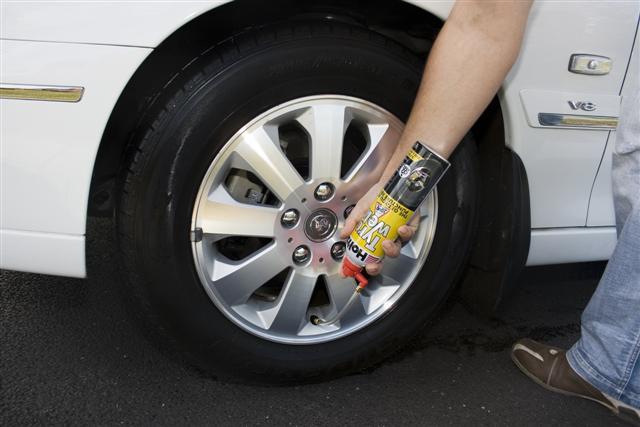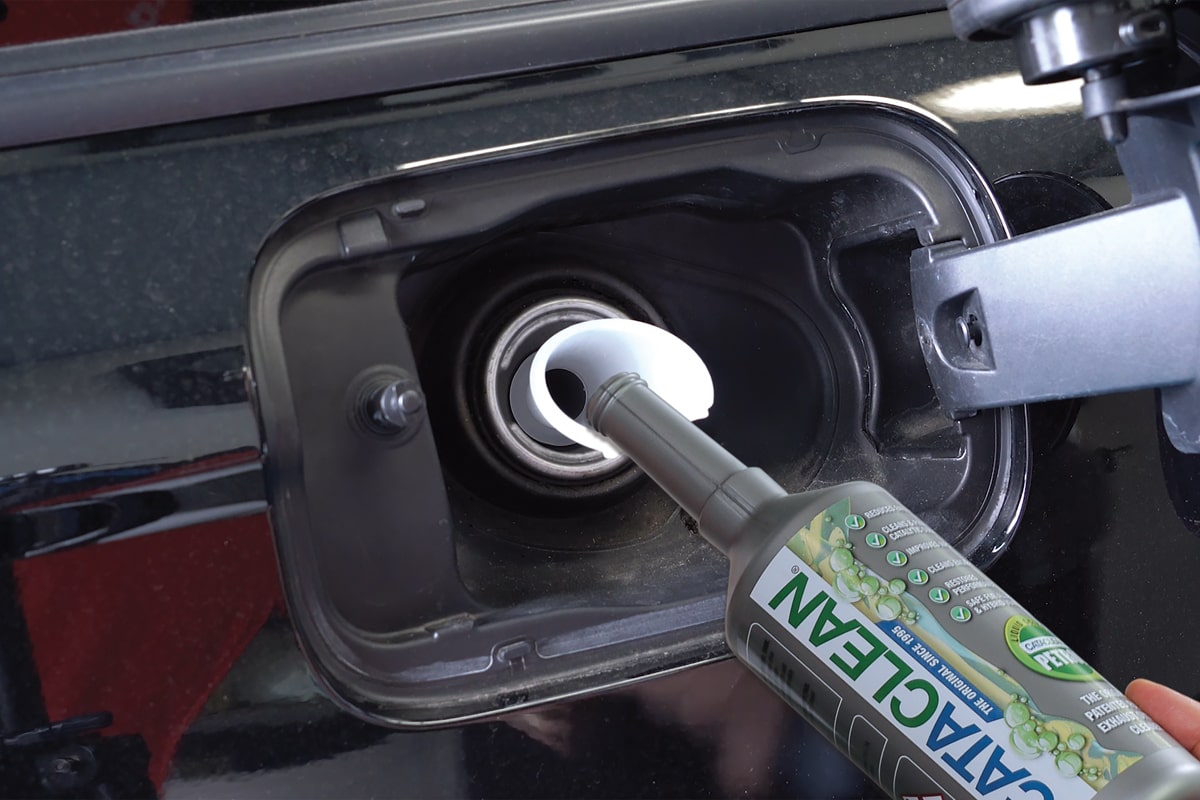Is Tire Puncture Sealant Any Good?
Tire puncture sealant is an easy way to fix a tire without replacing it. Tire puncture sealant products are available in cans, commonly known as Fix-A-flat. Like everything else, this product has some cons as well.
Benefits of Using Tire Puncture Sealant
Convenience makes tire puncture sealant a reliable choice. You can simply connect the nozzle to the tire valve stem, to release the component inside to get into the tire. Soon the contents reach the puncture and seal it, allowing you to mend the tire without having to remove it. Moreover, this should not take more than two minutes. If you are driving without a spare, this is the way to go. You will be happy to know that Fix-A-Flat costs no more than $10.
Can Tire Puncture Sealant be Problematic?
Tire sealant for cars is a temporary solution; without a traditional patch, the tire may not be usable in the long run. Many experts don’t prefer the use of tire sealant altogether. Many toxic chemicals are the main component of tire sealant, and removing it from inside could take a long time. However, more companies today are opting for water soluble components, to make their products safer.
Tire sealants usually create a high-pressure situation inside, making it risky for the person performing the repair. Also, using tire sealant could void the warranty. Furthermore, tire sealant for cars is usually compatible with high-quality flats.
Join our FREE CAR GIVEAWAY Campaign here
How to Apply Tire Sealant
Tire sealants are a way to deal with an emergency; visit an auto repair shop in the soonest possible.
Selecting the Proper Sealant
A standard tire sealant can is enough to mend a regular car. But, larger vehicles like SUVs and trucks need more than that. Use more than one can to make sure the pressure level in the tire is at optimum.

Be Careful
As same as changing a flat, you need to take all the precautions while using tire sealant. Many people don’t realize the importance of safety check, as it is easier than changing a tire. You can’t avoid the risk of being hit by a car just because it takes lesser than changing a conventional flat. Tire sealant contains flammable components – so don’t smoke.
Connect the Applicator to the Valve
This is the troublesome part. Don’t skip even on the smallest details, read the guideline for usage correctly. You should have an exact idea of what you are going to do. Now, screw the applicator tip onto the valve stem and fasten it tightly. Make sure the treads are not crooked; otherwise, the sealant will drain out. Now grab the tip without wiggling.
Fill It Up
Once you have attached the filler, maintain the can in an upright position. There are safety caps in the sealants to avoid potential accidents. Primarily, don’t push the button for more than 2 seconds to see if it’s leaking. Reconnect the applicator if necessary. Once you are sure, hold the button until the can feels light.
Have It Fixed
After you exhausted the can, inspect the pressure level. Sealants are not durable. So, you must have the tire checked and fixed to avoid further problems.














